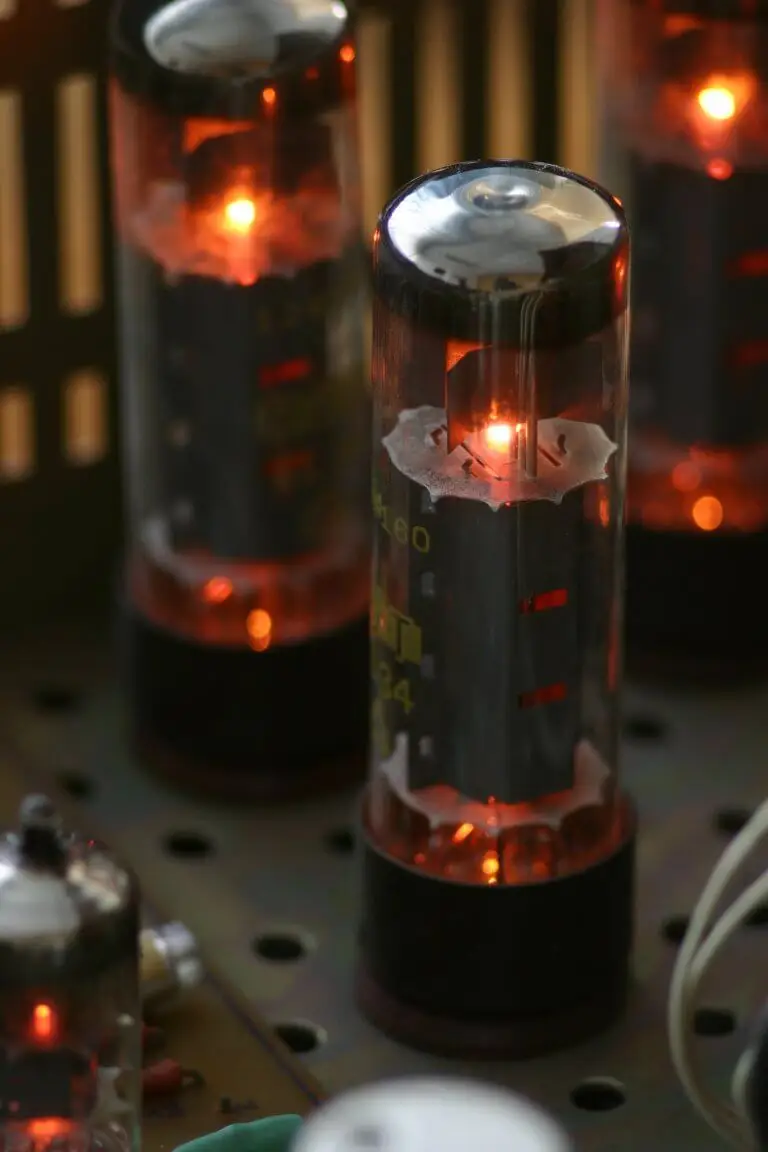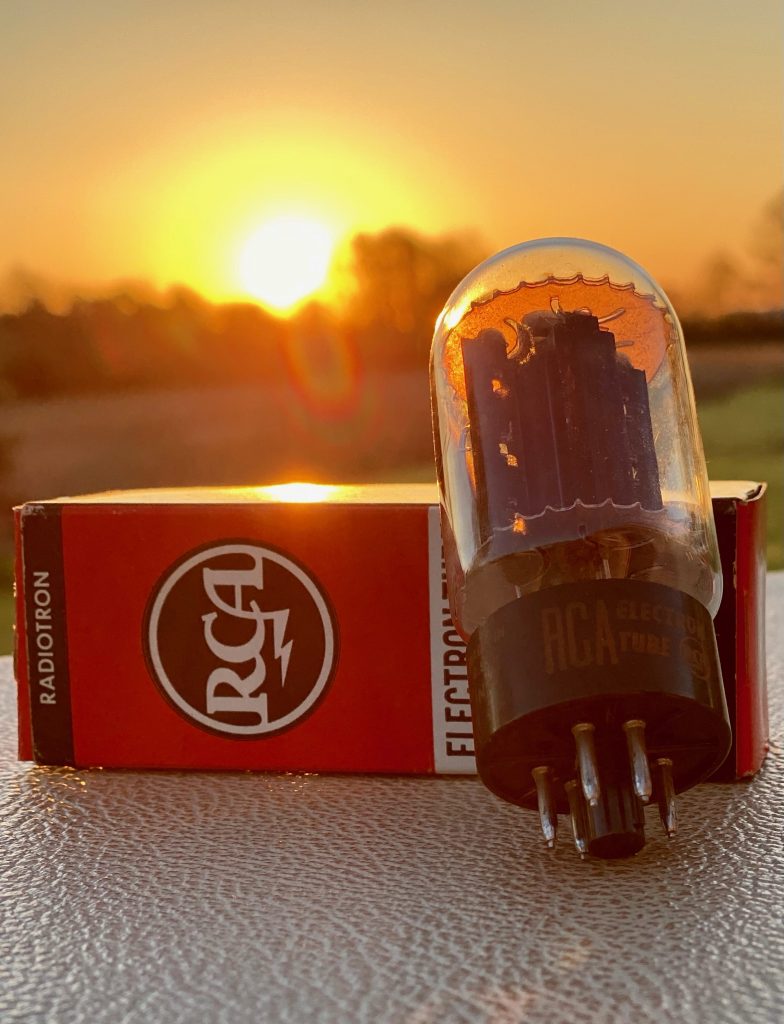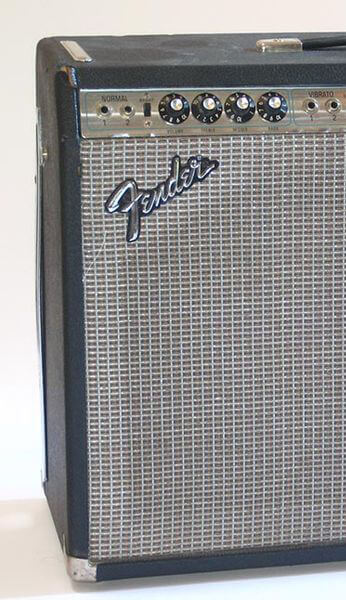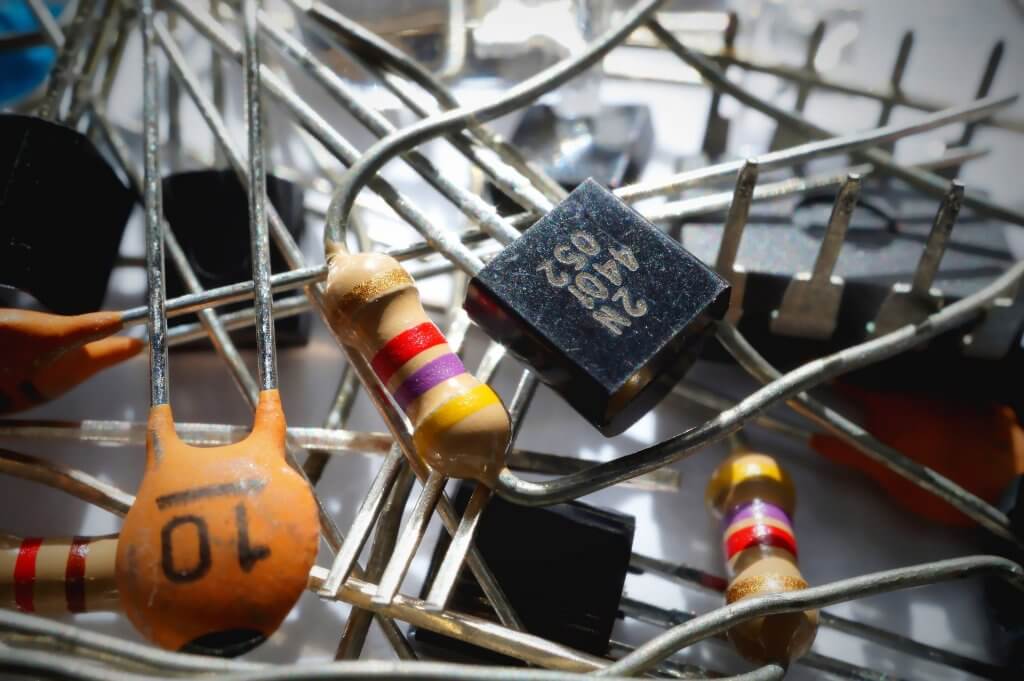Tube amplifiers, revered for their lush, warm, and vintage sound, are the heart and soul of many classic music setups. Unlike their solid-state brethren, tube amps use vacuum tubes to amplify the sound, which many argue provides a richer and more resonant tone. However, this old-school technology is not without its maintenance needs. Tubes, like any other component, have a lifespan and require regular check-ups and replacements to ensure the amplifier continues to perform at its peak. To many this seems like a daunting task, but don’t be afraid, tube amp maintenance can be as easy as screwing in a lightbulb!
Why Change Guitar Amplifier Tubes?
Tube Failure
The sudden burn-out of tubes is an unavoidable reality for tube amp owners. When tubes expire, they can introduce a host of problems, from minor sound distortion to complete amplifier shutdown. An immediate tube replacement is more than just a remedy; it’s a preemptive strike against potential damage to critical components like the amplifier’s transformer, which can be costly to repair or replace.
Tone Improvement
Over time, the constant demands placed on tubes can wear them down, leading to a gradual but noticeable decline in sound quality. Replacing old tubes with new ones can bring back the amplifier’s original sonic clarity and power, much like refreshing the palette of a painting to restore its vibrancy.

Signs Your Tubes Need Replacement
Excessive Noise
The presence of hissing, humming, or squealing is a telltale sign of tube wear. Such noises are indicative of the tube’s diminished capacity to process the audio signal cleanly.
Blown Fuse
Fuse blowing is a clear sign of tube problems and warrants an immediate check of the tube’s condition.
Loss of High-End
When the treble seems less bright and the bass sounds muddier than usual, it’s often a signal that the tubes are on their last legs.

Erratic Volume Changes
A tube nearing the end of its functional lifespan may cause the amplifier’s volume to fluctuate unpredictably.
Non-Functional Amp
If the amplifier stops producing sound altogether, it’s a strong indication of tube failure.
How to Change Tubes in a Tube Amp
Changing tubes can be a DIY task, but it should be approached with care and respect for the potentially dangerous voltages inside an amplifier.
1. Turn Off Power:
Always start by disconnecting your amp from the power source. Safety first.
2. Remove Tube Retainers and Shields:
If your amp uses them, you’ll need to release these to get the tubes out.
3. Extract Old Tubes:
With a gentle side-to-side wiggle, coax the old tubes from their sockets. Never force a tube in or out of its socket.
4. Prepare New Tubes:
Make sure you’ve got the right tubes for your amp and align them with the sockets. Check your schematic twice. Even we make mistakes so always double check your work.
5. Insert New Tubes:
Fit the new tubes carefully into place, making sure they’re properly seated. Wiggle tubes side to side or slowly ina circular motion.
6. Power On:
After reconnection to the power source, watch the new tubes as they warm up to ensure they’re working correctly. Check for red platting which is where the plate on a power tube physically glows red hot. This is different from the typical glow of the filament.
The Basics of Biasing Tube Amplifiers
Biasing is a critical process that involves adjusting the current flow to the tubes, ensuring they operate within the optimal parameters. This adjustment is crucial because each tube type may have slightly different current requirements, even among tubes of the same model and brand. Proper biasing not only extends the life of the tubes but also maintains the amplifier’s tonal integrity. While cathode-biased amplifiers offer the convenience of self-regulation, they are not as common in high-powered amplifiers, where precise manual biasing becomes a necessity.

Types of Amp Bais
Biasing is important for the performance, sound, and lifespan of the tubes. If the bias is set too hot, the tubes can overheat and wear out quickly, resulting in a loss of output power. Conversely, if the bias is set too cold, the amp can sound dull and lifeless, with the potential for unpleasant crossover distortion.
Re-biasing may be necessary when replacing power tubes, even if they are a matched set, because each tube may require a slightly different bias voltage. The bias voltage can have a significant impact on the current flow within the tube, and even small voltage changes can make a substantial difference in how the amplifier performs when not actively playing a signal.
There are three main types of biasing in tube amps and it is paramount you understand what type of amp you have before you replace your power tubes.
Types of Bias:
- Adjustable Fixed Bias: Allows manual adjustment of the bias voltage supplied to the tube’s grid.
- Non-adjustable Fixed Bias: Factory-set and cannot be adjusted without modifying the circuit.
- Cathode Bias (Self-biasing): Tubes automatically set their own bias voltage, requiring no adjustment when tubes are replaced.
You can read more about how to bias your amp here!
Our Final Thoughts on Replacing Tubes
Replacing preamp tubes is a straightforward process akin to changing a light bulb. Always ensure that the amp is switched off, unplugged, and cool to the touch before replacing tubes. Experimenting with different brands of modern and NOS tubes can lead to discovering new tonal characteristics. For an immediate impact on sound, start with replacing the preamp tube closest to the input jack.
Beyond replacing tubes for tonal gains. Regular maintenance of tubes is paramount for preserving the sound quality and performance of a tube amplifier. Recognizing signs of wear, understanding the replacement process, and knowing the importance of biasing, allows musicians to maintain their amplifiers effectively. While some aspects of maintenance can be performed by the users themselves, it’s advisable to consult a qualified technician for complex issues to ensure the longevity of your treasured tube amplifier. Through vigilant care, your amplifier will continue to provide the warm, rich tones that only tubes can deliver for many years to come.
Please check out our Tube Buyers Guide and Tone 101 for tips and tricks to improve your sound!



